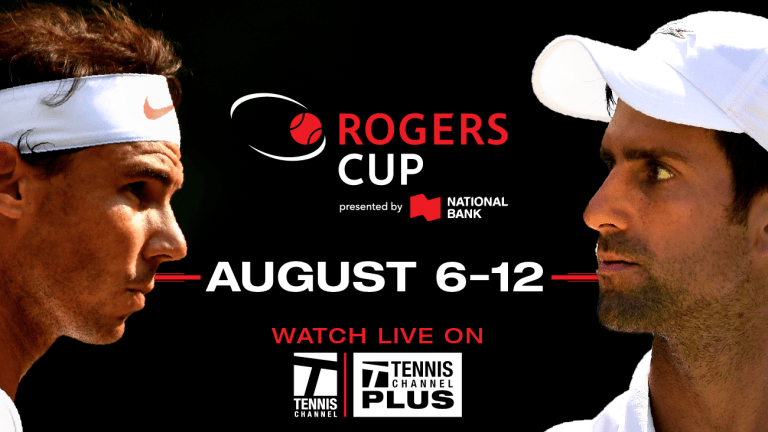Sometimes players can take longer because they know exactly the amount of time they have.
"It's different for our sport," said John Isner, who first played with the shot clock at Washington. "So anything different that catches people's eye, I think can be a good thing."
"I didn't find it to be an issue at all. I didn't feel rushed. And I'm generally one of the slower players as well. I mean, I don't bounce the ball a lot or, you know, pick at things, but I just kind of take my sweet time behind the baseline before I serve.
"But last week I didn't feel like that was an issue. And in a sense, I think if you're smart, and I actually could have been smarter last week, you know, that there was some times when I was ready to serve at 15, but I probably should have taken a little bit more time."
The clock rules require a time violation to be issued any time the clock reaches '0' before a player begins their serving motion. Previously, umpires would frequently warn players before issuing a first violation—something Grigor Dimitrov was still looking for as he began arguing with the umpire about a time violation during his third round at Toronto. He said he apologized following the match.
"I mean, it's my first tournament to play with the shot clock," said Dimitrov. "I think it's actually pretty cool. I like it a lot," "But in such a tough moment to come up with that, I just didn't think it was fair.
"It's like you can warn me a few times."
This is still an adjustment period, ATP VP of Rules and Competition Gayle Bradshaw told TENNIS.com, and more uniformity should be achieved.
"The majority of comments from players have been positives," he said. "Some of the guys have said they feel more relaxed now, because before they didn't know what time they had.
"Everyone's getting used to it, the players, the chair umpires. We're having to work with the chair umpires, setting them on their rhythm, when they forget or they start the clock before, or maybe forget to pause it. So far, it's been pretty good."
But he noted the shot clock might not speed up play, the original goal behind stricter enforcement.
"It could slow down. Guys are able to use the clock to their advantage," he said, noting that the average time between points at Washington was the same as a year ago—18 seconds.
But there are other benefits, he added, saying, "I think this consistency is a success. The [success] is if we have no time violations."
The ATP Board will decide whether to implement the shot clock at the other events on tour.
